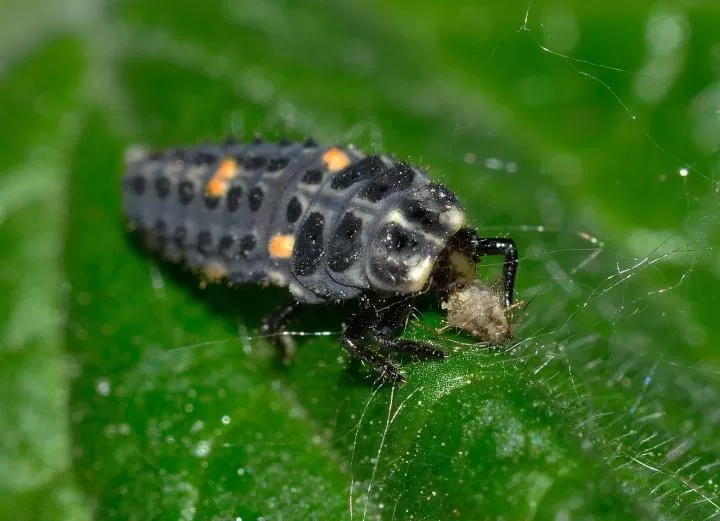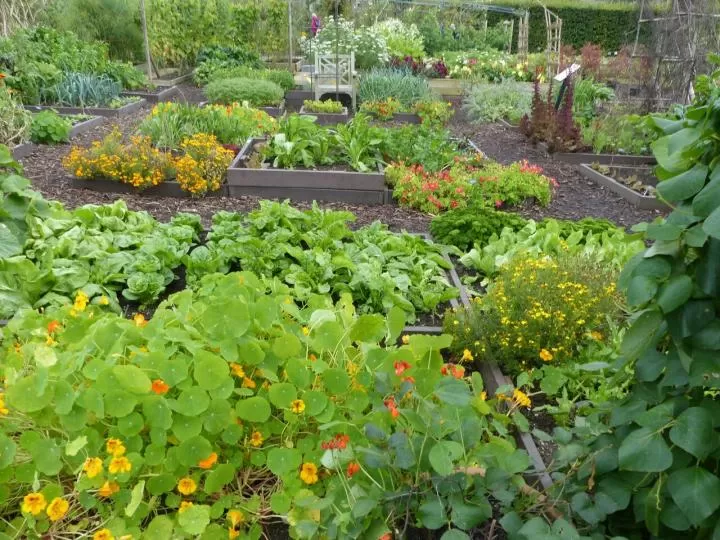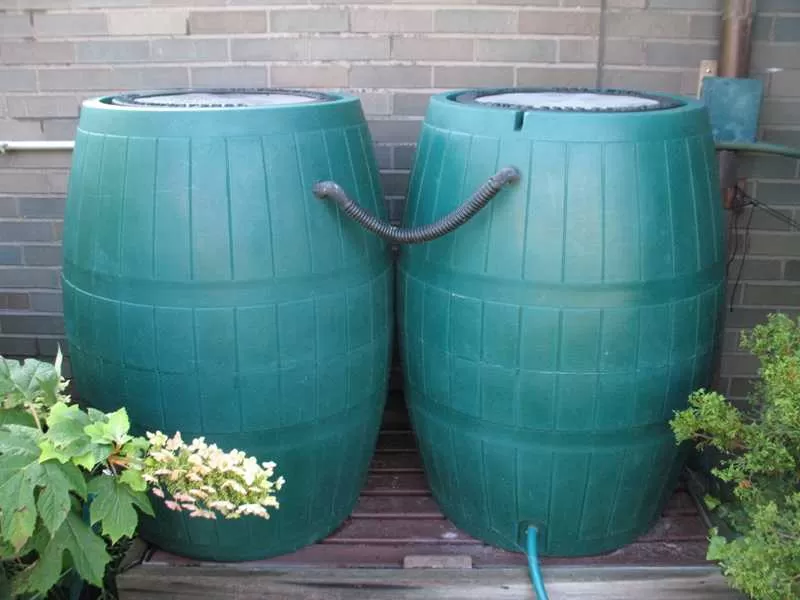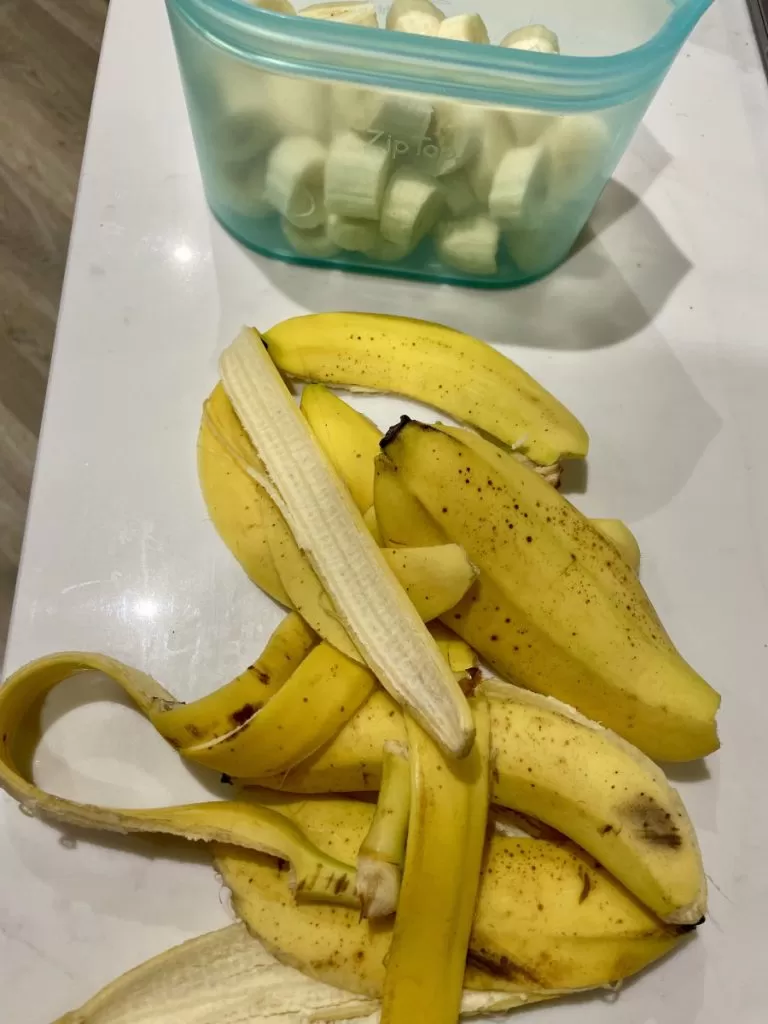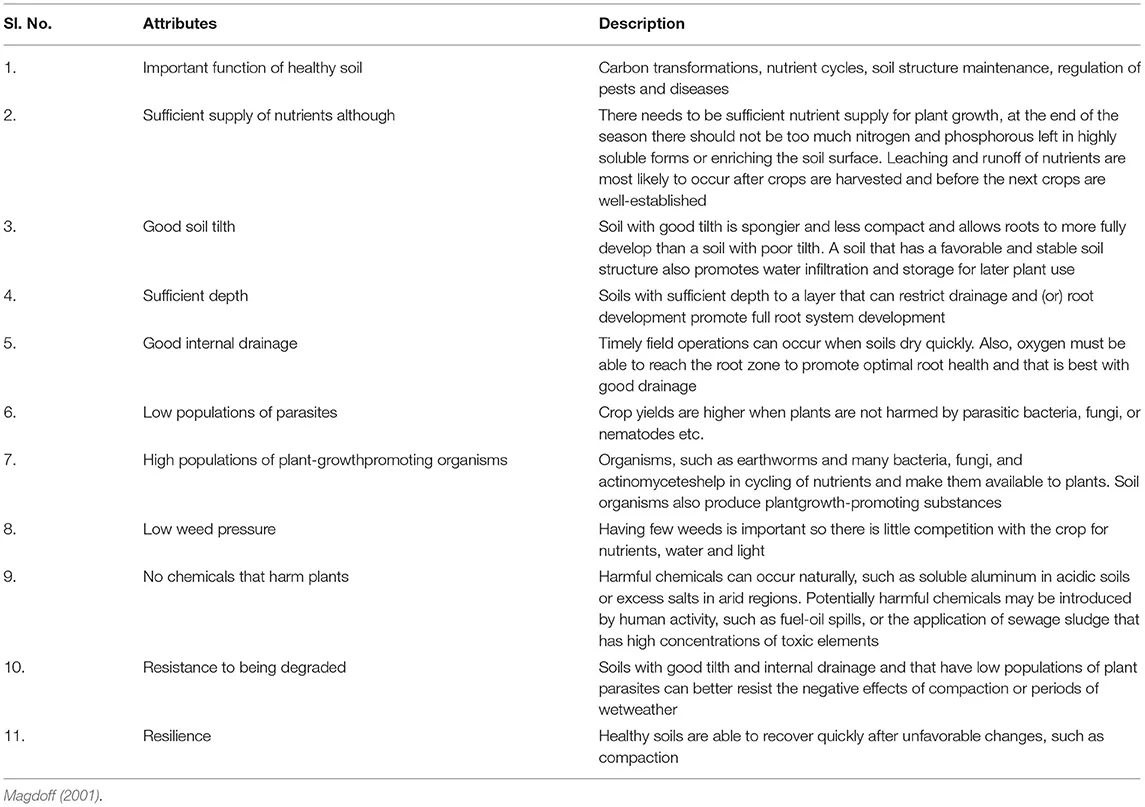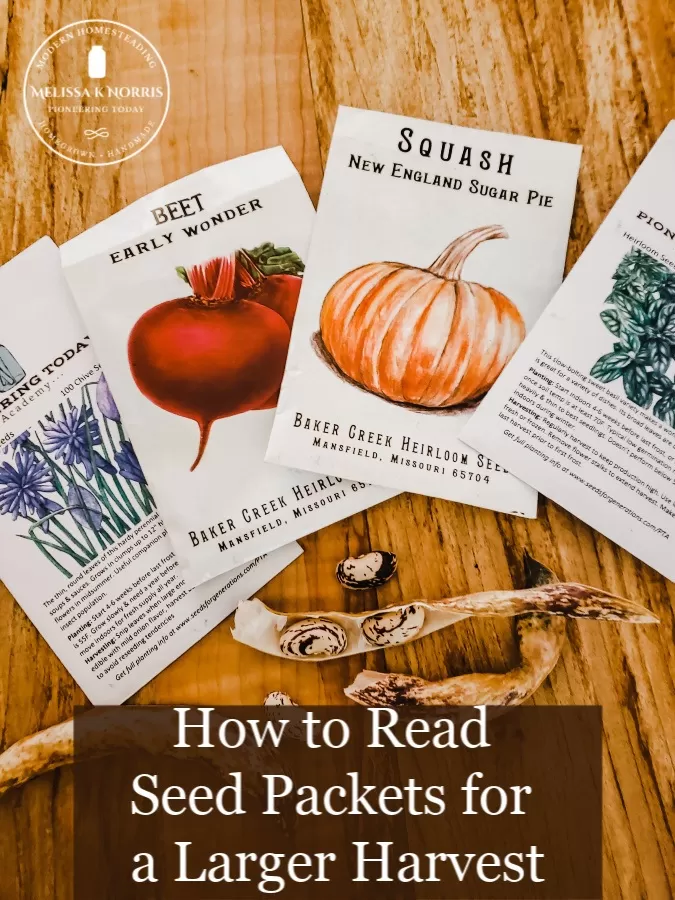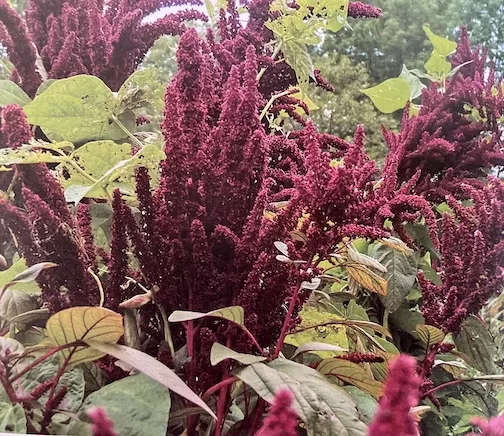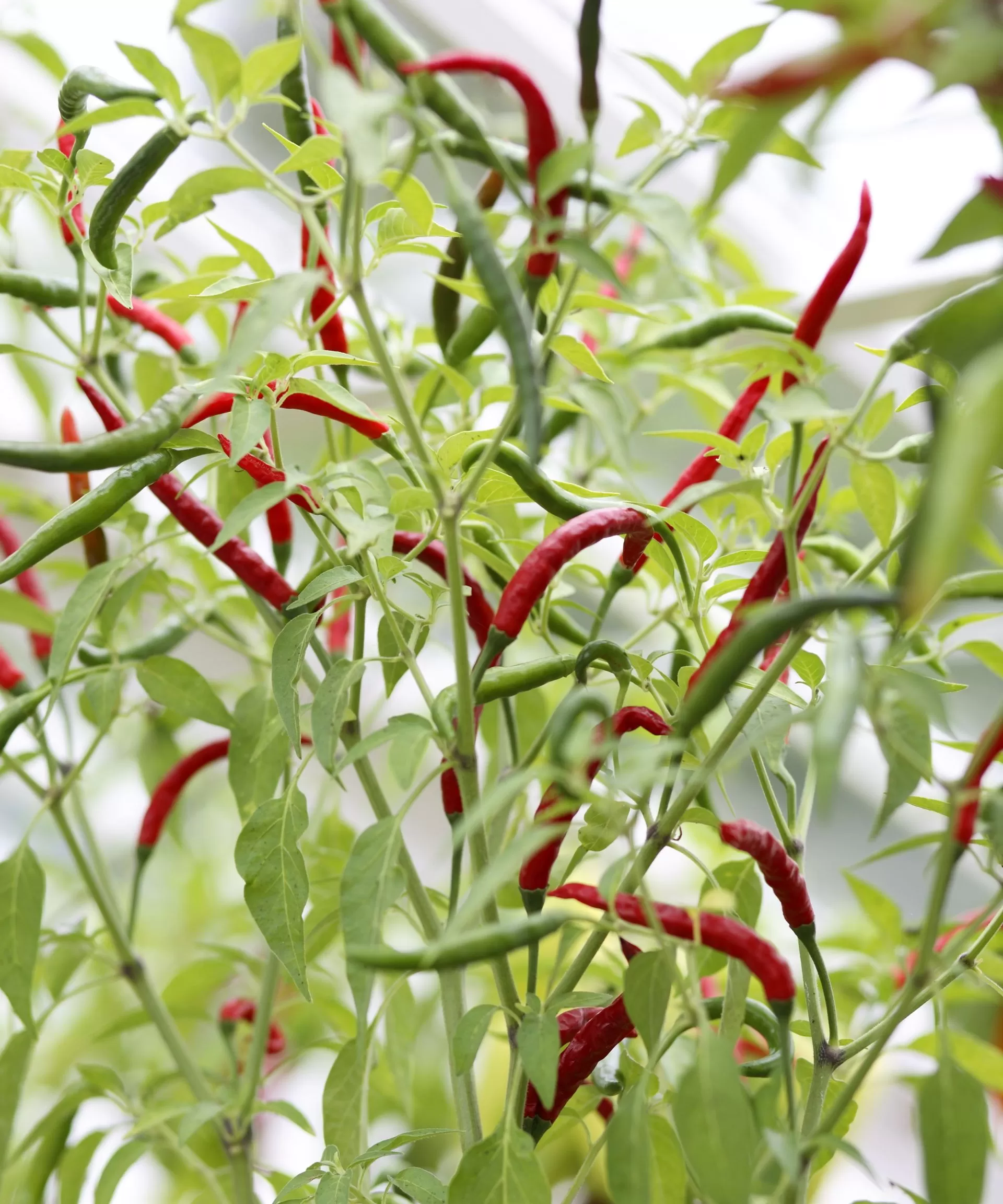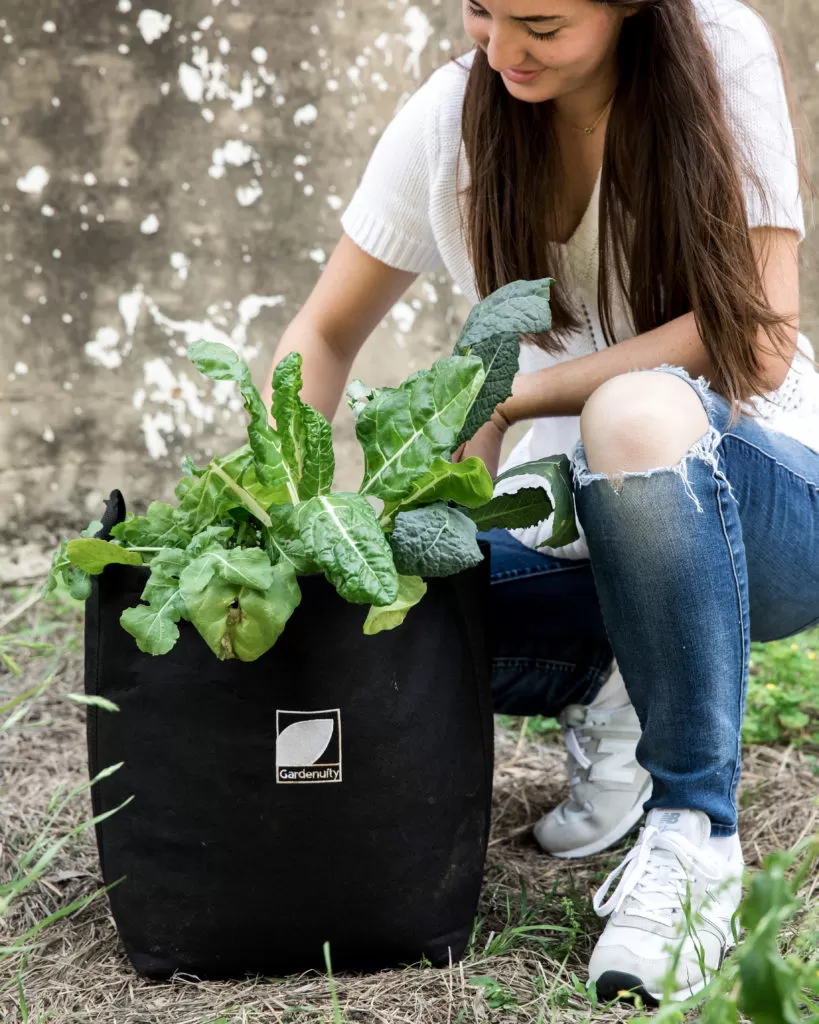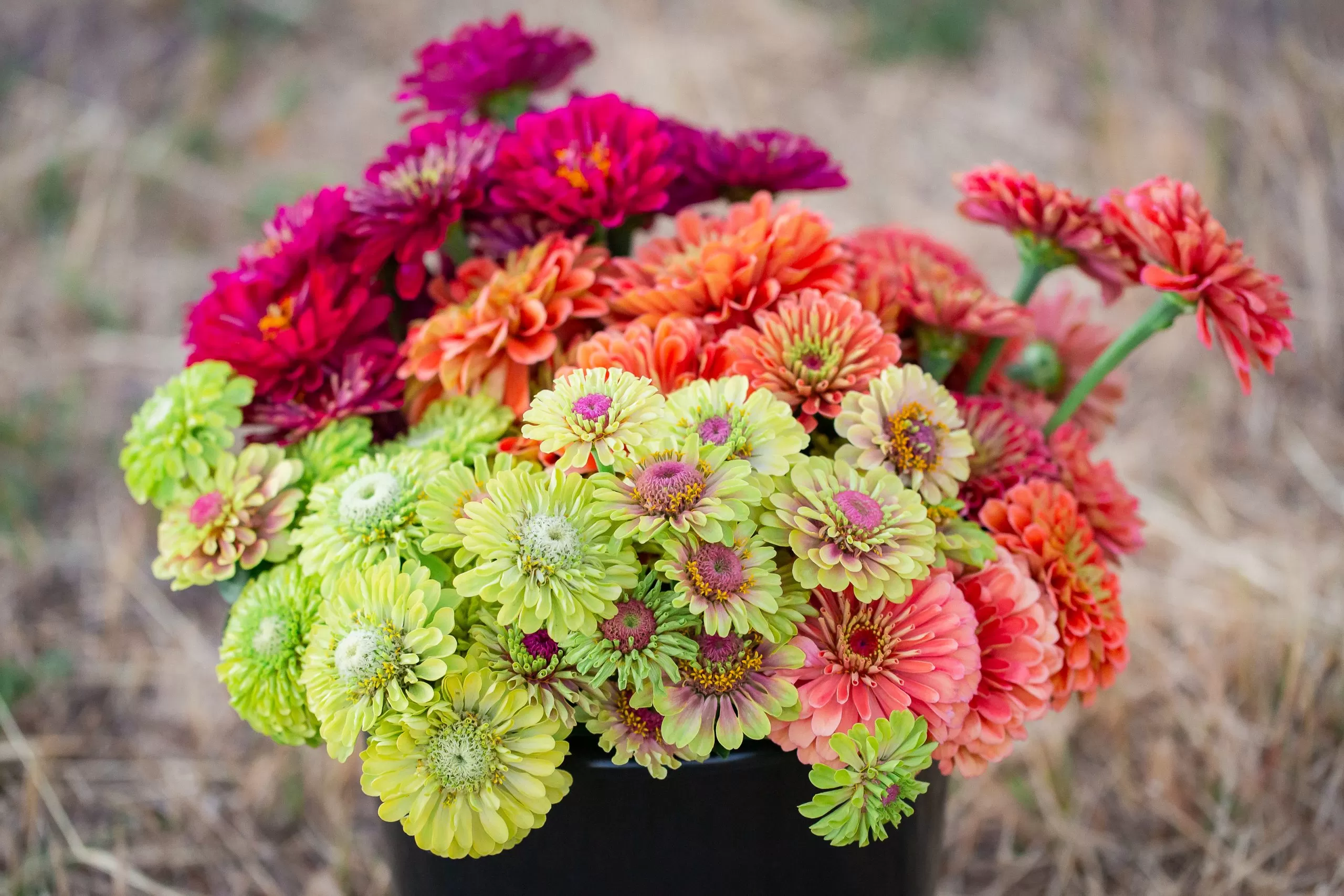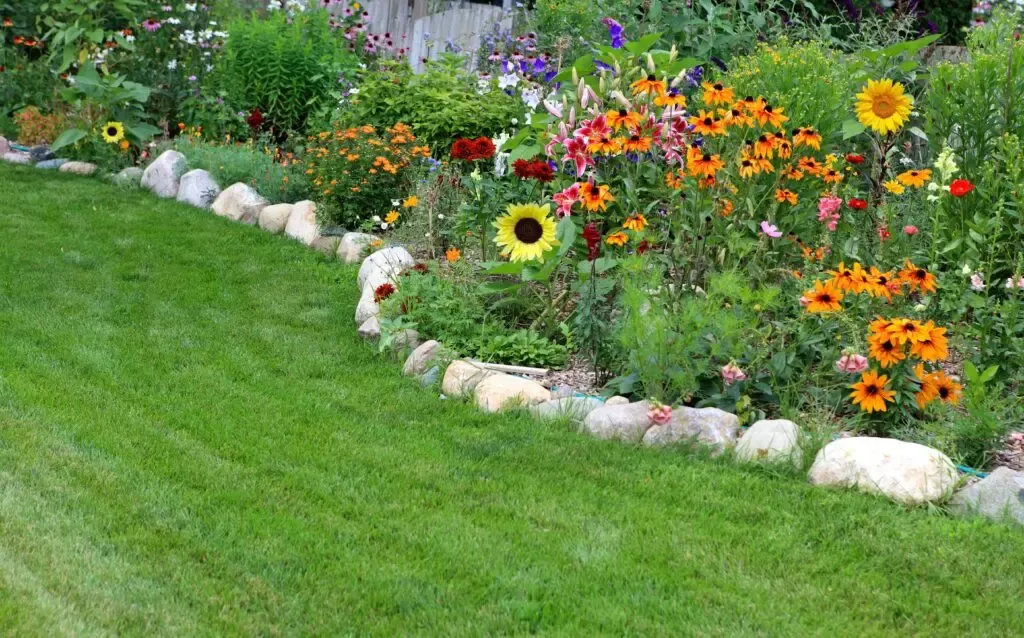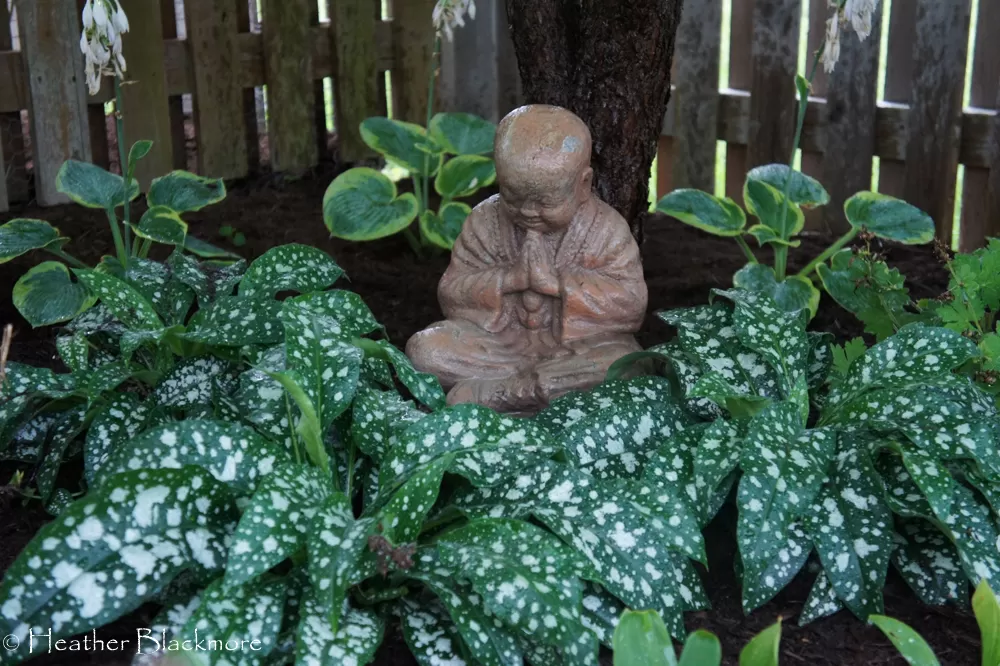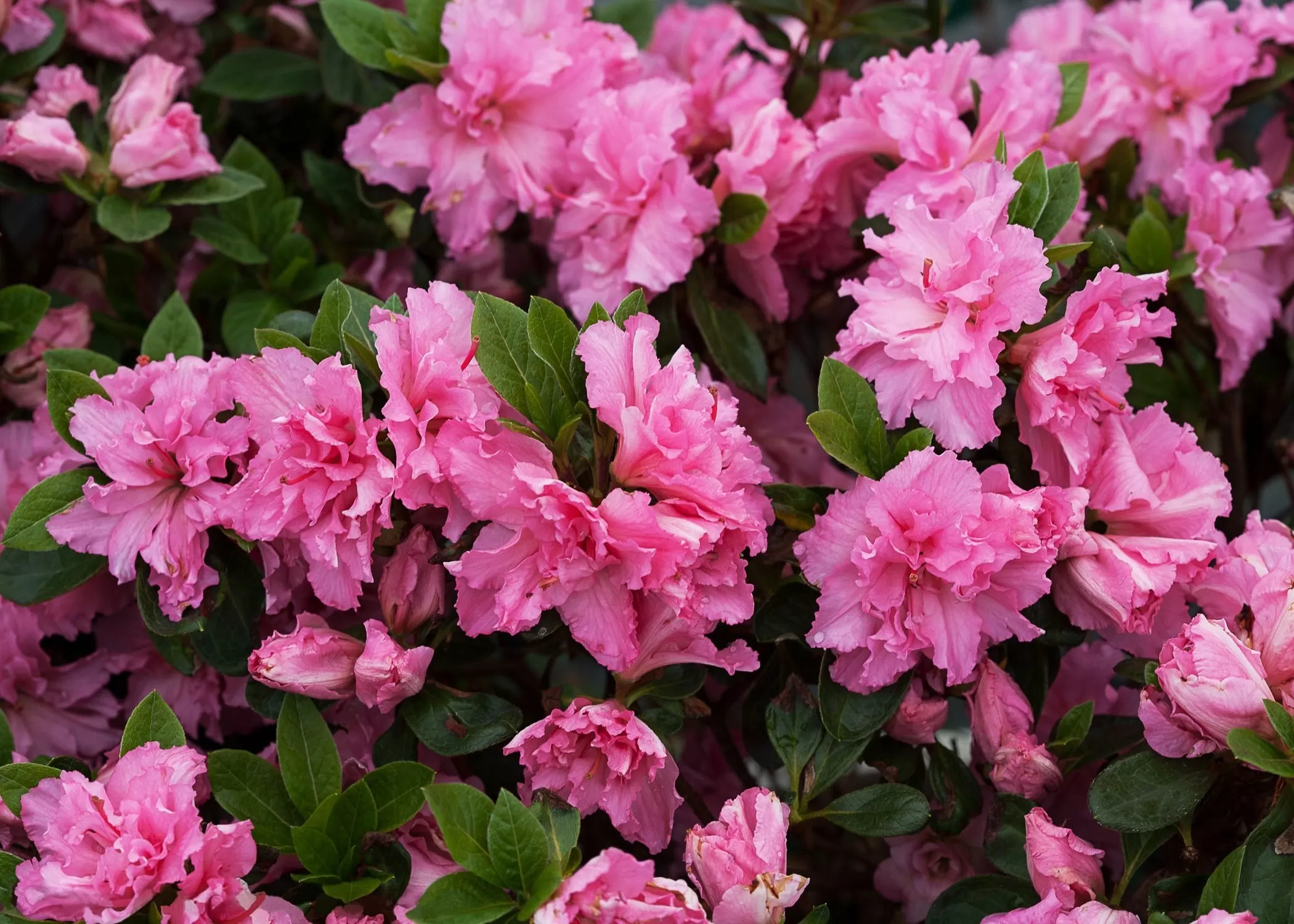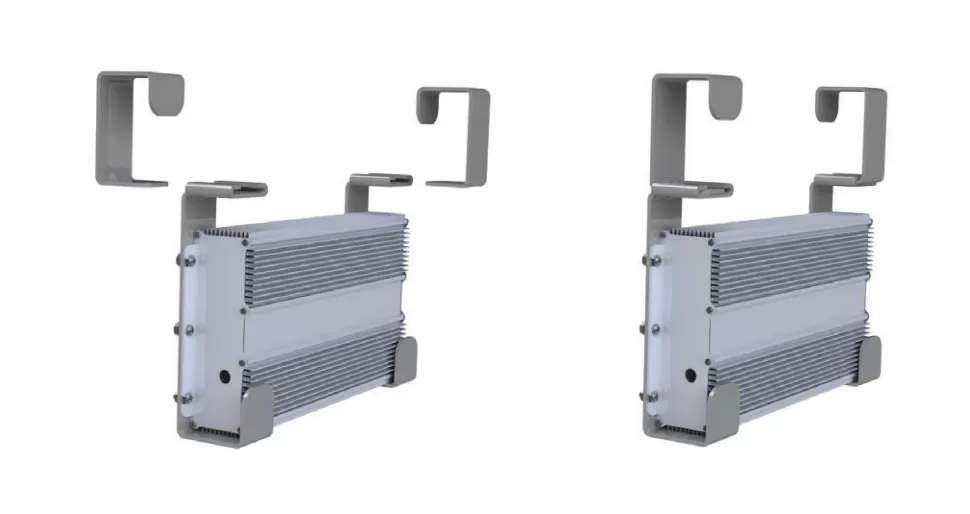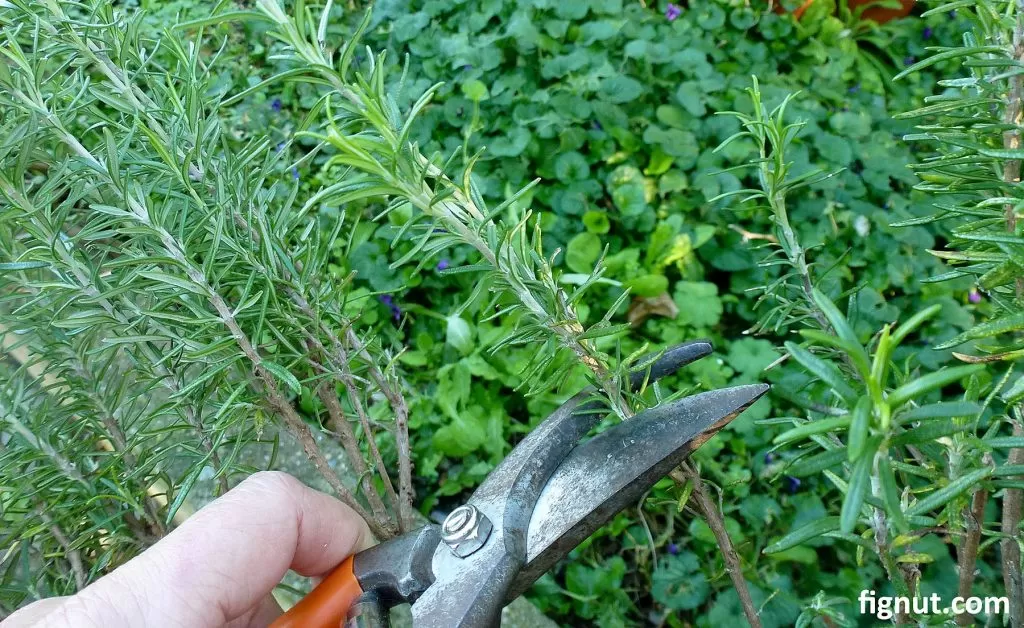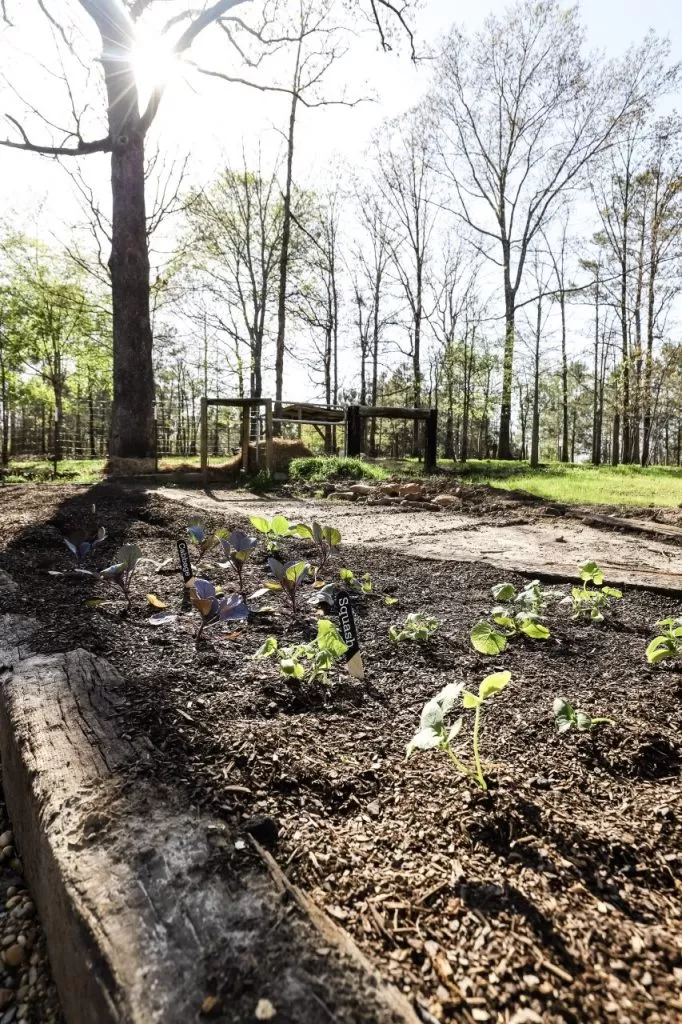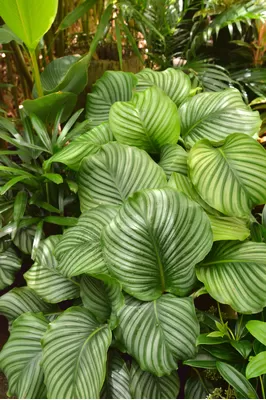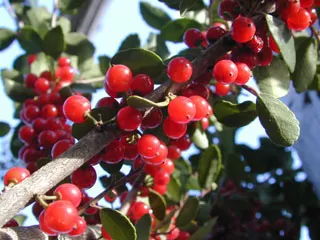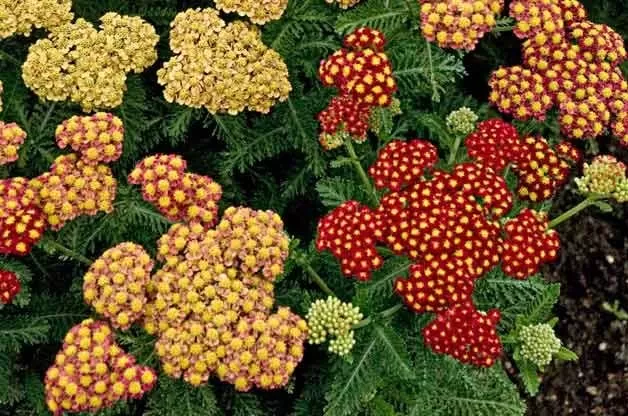Are you dreaming of vibrant, overflowing flower beds that come back year after year? You’re not alone! Many gardeners aspire to create stunning border perennials that provide continuous beauty and texture.
- Unlock the magic of border perennials: Discover why these plants are garden powerhouses.
- Master site selection: Learn how light, soil, and even viewing angle impact your design.
- Design with confidence: Get tips on border size, color schemes, and creating visual depth.
- Choose the perfect plants: Explore specific perennial species and their roles in the border.
- Build structure and texture: See how foliage and even shrubs can elevate your perennial display.
Creating a breathtaking perennial border might seem daunting, like a perfectly executed masterpiece. But sometimes, the most beautiful gardens evolve with a blend of careful planning and joyful improvisation. Let’s explore how you can design your own flourishing border perennials, drawing inspiration from real-life garden experiences and tried-and-true techniques.
Contents
- Why Embrace Border Perennials?
- Laying the Groundwork: Site Assessment for Your Perennial Border
- Designing for Impact: Size and Scale
- Weaving a Tapestry: Colour and Style
- Bringing it to Life: Selecting Your Border Perennials
- Adding Structural Plants and Foliage
- Adding Movement and Texture
- Weaving in Pops of Colour
- Ground Cover and Edging Plants
- A Note on Shrubs
- Putting It All Together: Key Steps for Success
Why Embrace Border Perennials?
Perennials are the backbone of resilient, dynamic gardens. Unlike annuals that complete their life cycle in one season, border perennials return each year, often growing larger and more impressive over time. This offers incredible value and reduces the need for constant replanting.
Beyond their longevity, many perennials are wonderfully easy to propagate. Simple techniques like dividing clumps, taking cuttings, or collecting seeds mean you can easily expand your planting, filling larger spaces for minimal cost. It’s like getting free plants! Plus, their versatility means they can thrive in the ground as border perennials or add charm to pots and containers.
Laying the Groundwork: Site Assessment for Your Perennial Border
Before you dig, take a good look at the space you envision for your perennial border. Understanding the site’s conditions is the first, crucial step to success. Consider:
- Light: How much sun or shade does the area receive throughout the day and across the seasons? Is it full sun, partial shade, or deep shade? Our featured border, for instance, faces north-west and receives semi-shade, with varying light levels along its length due to nearby deciduous trees.
- Soil: What is your soil like? Is it heavy clay or sandy? Does it hold moisture or drain quickly? The original border location was quite dry. Knowing your soil helps you choose plants that will thrive, reducing maintenance later on.
- Position and Viewpoint: Where is the border located in your garden? How will people typically view it? Is it a border you look at straight on, or one you walk alongside and view from the ends? Designing with the primary viewpoint in mind ensures the border looks its best from the most common perspective.
 An image showcasing a sunny perennial border packed with various flowering plants.
An image showcasing a sunny perennial border packed with various flowering plants.
Designing for Impact: Size and Scale
When it comes to perennial borders, generosity pays off. Skinny borders hugging a lawn can often look underwhelming and lack visual depth. Aim for a border depth that allows for layering – ideally wide enough to fit at least three or more plants from front to back.
A deeper border allows you to plant taller specimens at the back, medium-sized plants in the middle, and lower growers or trailers at the front. This layering creates a lush, full effect that evolves beautifully throughout the season. While a larger garden offers more space to play, even in a smaller garden, a deep, well-planted border can actually make the space feel bigger and more immersive. If you have a large area to fill, selecting plants that spread or are easy to propagate becomes a smart, cost-effective strategy.
 An image showing a garden area before being transformed into a flower border, looking overgrown and unused.
An image showing a garden area before being transformed into a flower border, looking overgrown and unused.
Weaving a Tapestry: Colour and Style
Planning your colour scheme and the overall style or ‘feel’ of your perennial border prevents a chaotic look. Without a plan, it’s easy to buy plants that catch your eye but don’t quite fit together, leading to a disjointed result.
A simple trick is to find a source of inspiration – a painting, a piece of fabric, even a photograph – that embodies the colours and mood you love. Keep this visual reference handy when shopping. Alternatively, a colour wheel is a fantastic tool to understand how colours work together:
- Adjacent Colours: Colours next to each other (e.g., blue and purple) create harmonious, calming schemes.
- Opposite Colours: Colours across from each other (e.g., purple and yellow) create high contrast and energy.
- Triadic Colours: Three colours equally spaced on the wheel create balanced, vibrant schemes.
- Limit your main colours to three to five to maintain cohesion. Remember that white, silver, cream, grey, brown, and green act as neutrals and don’t count towards your main palette.
 A colourful perennial border showcasing pink, purple, and lime green plants thriving together.
A colourful perennial border showcasing pink, purple, and lime green plants thriving together.
Once you have a colour direction, define the overall style you want to achieve. Do you want a formal, structured look or something more romantic, wild, and overflowing? This vision will guide your plant selection beyond just colour. For the border that inspired this discussion, the desired look was romantic, full, opulent, and wild, focusing on a lime-yellow, hot pink, and purple colour palette with plenty of white neutrals.
 A colour wheel graphic illustrating relationships between different hues for garden planning.
A colour wheel graphic illustrating relationships between different hues for garden planning.
Bringing it to Life: Selecting Your Border Perennials
With your site conditions assessed, size determined, and colour/style decided, you’re ready for the fun part – choosing the plants! Consider incorporating existing plants you love into your scheme, as was done with the structural Euphorbia characias subsp. wulfenii in the inspiring border. Select plants that fit your defined criteria and offer interesting foliage, texture, and bloom times.
Here are some examples of border perennials that fit the semi-shaded, lime-yellow, hot pink, and purple scheme:
Adding Structural Plants and Foliage
Structural plants provide anchor points and interest even when they’re not in bloom. Bold foliage plants add lasting texture and colour.
- Euphorbia characias subsp. wulfenii: A handsome, sculptural plant with blue-green foliage year-round. Its lime-yellow flowers appear in early summer, providing a strong colour base.
- Scientific Name: Euphorbia characias subsp. wulfenii
- Common Name: Mediterranean Spurge, Large Mediterranean Spurge
- Zone: 7-10
- Light: Full sun to partial shade
- Water: Moderate, drought tolerant once established
 A close-up image of structural Euphorbia characias subsp. wulfenii with its distinctive lime-yellow flowers and blue-green foliage.
A close-up image of structural Euphorbia characias subsp. wulfenii with its distinctive lime-yellow flowers and blue-green foliage.
-
Heuchera ‘Lime Marmalade’: Chosen for its vibrant limey-yellow, almost phosphorescent leaves that brighten up shady corners. These are easy to propagate.
- Scientific Name: Heuchera ‘Lime Marmalade’
- Common Name: Coral Bells ‘Lime Marmalade’
- Zone: 4-9
- Light: Partial shade to full shade
- Water: Moderate, requires good drainage
-
Hosta ‘Sea Dream’: Great for shade, this Hosta features striking gold heart-shaped leaves with creamy white edges, adding a glowing limey-yellow accent. Lavender flowers appear later.
- Scientific Name: Hosta ‘Sea Dream’
- Common Name: Hosta ‘Sea Dream’
- Zone: 3-9
- Light: Partial shade to full shade
- Water: Moderate, prefers consistent moisture
-
Ferns and Hellebores: These perennials offer beautiful, intricate foliage shapes and provide structure in shaded areas. Hellebores also add valuable early-season blooms. They are colour neutrals, fitting into almost any scheme.
- Scientific Name: Various (Ferns), Helleborus (Hellebores)
- Common Name: Ferns, Hellebores (Lenten Rose, Christmas Rose)
- Zone: Varies widely by species (Ferns), 4-9 (Hellebores)
- Light: Shade to partial shade
- Water: Moderate (Hellebores), Moderate to high (Ferns), prefers moist, well-drained soil
Adding Movement and Texture
Introducing plants with delicate textures and movement adds dynamism and softness to the border.
- Stipa tenuissima: Also known as Mexican Feather Grass, this perennial grass provides wonderful, floaty movement and adds a soft lime-yellow tone. It’s easy to divide for more plants.
- Scientific Name: Stipa tenuissima
- Common Name: Mexican Feather Grass, Finest Stem Needle Grass
- Zone: 7-11
- Light: Full sun to partial shade
- Water: Low to moderate, drought tolerant once established, requires good drainage
 Mexican Feather Grass (Stipa tenuissima) providing soft texture and movement alongside Hostas in a semi-shaded perennial border.
Mexican Feather Grass (Stipa tenuissima) providing soft texture and movement alongside Hostas in a semi-shaded perennial border.
- Silene fimbriata: Creates a glorious tangle of stems topped with delicate, limey-coloured flowers shaped like bonnets. It provides continuous lime colour from late spring through summer.
- Scientific Name: Silene fimbriata
- Common Name: Fringed Catchfly, Fringed Campion
- Zone: 5-8
- Light: Partial shade to full shade
- Water: Moderate, prefers well-drained soil
 Close-up image of the unique, fringed lime-green flowers of Silene fimbriata blooming in a shady border.
Close-up image of the unique, fringed lime-green flowers of Silene fimbriata blooming in a shady border.
Weaving in Pops of Colour
Strategically placed flowers add bursts of colour that tie the scheme together and provide visual interest.
- Alliums ‘Purple Sensation’: These bulbs (often treated as perennials as they return) provide majestic, globe-like purple spheres that punctuate the frothy greens and yellows. Good for dry conditions. Plant them randomly for a natural look, considering how they’ll be viewed from different angles.
- Scientific Name: Allium ‘Purple Sensation’ (a cultivar of Allium hollandicum)
- Common Name: Ornamental Onion ‘Purple Sensation’
- Zone: 4-9
- Light: Full sun
- Water: Low to moderate, requires well-drained soil
 Purple Allium 'Purple Sensation' blooms standing tall amongst lower planting in a garden border.
Purple Allium 'Purple Sensation' blooms standing tall amongst lower planting in a garden border.
- Clematis: A climbing clematis can add vertical structure and vibrant colour. A purple variety climbing an obelisk offers significant impact and complements the lime-yellow Euphorbia beautifully.
- Scientific Name: Clematis (variety not specified in original text)
- Common Name: Clematis
- Zone: Varies by species/cultivar, typically 4-9
- Light: Full sun (roots prefer shade) to partial shade
- Water: Moderate, prefers moist, well-drained soil
 Purple Clematis flowers blooming alongside the lime-yellow foliage and flowers of Euphorbia characias subsp. wulfenii.
Purple Clematis flowers blooming alongside the lime-yellow foliage and flowers of Euphorbia characias subsp. wulfenii.
- Nepeta racemosa ‘Walker’s Low’: Provides continuous waves of soft purple blooms and spills romantically over the border edge. It’s easy to divide, attracts bees, and blooms reliably through summer. Repeating it along the border adds a sense of rhythm.
- Scientific Name: Nepeta racemosa ‘Walker’s Low’
- Common Name: Catmint ‘Walker’s Low’
- Zone: 4-8
- Light: Full sun to partial shade
- Water: Low, drought tolerant once established, requires well-drained soil
 Nepeta 'Walker's Low' spilling over the edge of a garden border with its soft purple flowers.
Nepeta 'Walker's Low' spilling over the edge of a garden border with its soft purple flowers.
Ground Cover and Edging Plants
These plants fill in spaces, suppress weeds, and create a soft transition from the border to surrounding areas.
- Galium odoratum: Sweet Woodruff is a hardy ground cover ideal for shaded areas. It forms a soft cushion of dainty white flowers in spring and summer, filling space without being overly aggressive. It’s easy to pull up if it spreads too much.
- Scientific Name: Galium odoratum
- Common Name: Sweet Woodruff
- Zone: 4-8
- Light: Full shade to partial shade
- Water: Moderate, prefers moist, well-drained soil
 Galium odoratum (Sweet Woodruff) forming a dense carpet of white flowers as ground cover in a shaded perennial border.
Galium odoratum (Sweet Woodruff) forming a dense carpet of white flowers as ground cover in a shaded perennial border.
- Tiarella: Foamflower varieties like ‘Emerald Ellie’ are wonderful for edging perennial borders, providing soft, romantic, fluffy blooms (often pinkish-white) and attractive foliage, sometimes with limey-yellow accents.
- Scientific Name: Tiarella (e.g., Tiarella ‘Emerald Ellie’)
- Common Name: Foamflower
- Zone: 4-9
- Light: Partial shade to full shade
- Water: Moderate, prefers moist, well-drained soil
 Tiarella plants with their delicate white or pinkish flowers, used as edging plants in a perennial flower border.
Tiarella plants with their delicate white or pinkish flowers, used as edging plants in a perennial flower border.
A Note on Shrubs
While the focus is on border perennials, incorporating a few shrubs can add invaluable permanent structure and shape to your design. Roses or Boxwood balls, for example, provide year-round presence and can beautifully complement the changing display of perennials. They act as anchor points that make the border perennials around them truly shine. Don’t be afraid to break the “perennial only” rule slightly for the sake of better design!
 Pink roses blooming profusely at the front of a lush garden border filled with various plants.
Pink roses blooming profusely at the front of a lush garden border filled with various plants.
Putting It All Together: Key Steps for Success
Based on the journey of creating a beloved perennial border, here are the steps you can follow:
- Evaluate Your Site: Understand the soil conditions (drainage, moisture) and the amount of light the area receives.
- Plan Your Layout and Size: Be generous with the depth of your border to allow for layering and visual richness.
- Define Your Vision: Decide on your desired style and colour scheme before buying plants. Use an inspiration piece or a colour wheel as a guide.
- Choose Plants Wisely: Select border perennials (and maybe a few shrubs!) that suit your site conditions, fit your colour scheme and style, and offer varied textures and bloom times. Consider existing plants you want to keep.
- Think Long-Term: Factor in the plant’s mature size and spread. Don’t be afraid to use easy-to-propagate perennials to fill space cost-effectively.
- Plant with the Viewpoint in Mind: If the border will be viewed from an angle or end-on, plan your plant placement accordingly.
Creating border perennials is a rewarding process that transforms a space into a vibrant, ever-changing display. It’s a journey of observation, planning, planting, and enjoying the results.
 A sweeping view down the length of a deep, overflowing perennial border, showcasing the layers and colour palette.
A sweeping view down the length of a deep, overflowing perennial border, showcasing the layers and colour palette.
Happy gardening as you cultivate your own beautiful border perennials!

